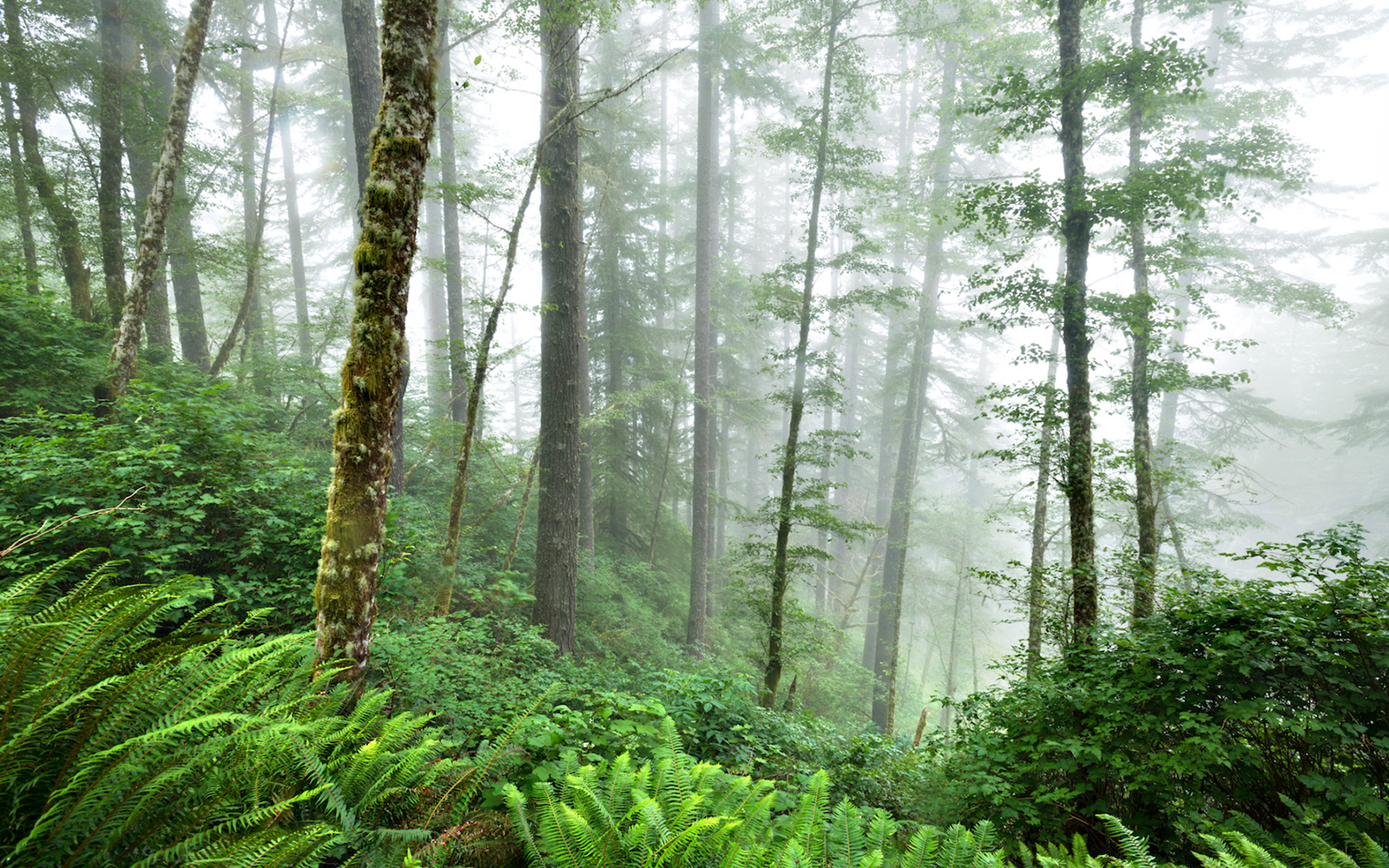For Immediate Release
April 21, 2014
Contact:
Francis Eatherington, Cascadia Wildlands, (541) 643-1309
April 21, 2014
Contact:
Francis Eatherington, Cascadia Wildlands, (541) 643-1309
Bob Sallinger, Audubon Society of Portland, (503) 380-9728
Noah Greenwald, Center for Biological Diversity, (503) 484-7495
Noah Greenwald, Center for Biological Diversity, (503) 484-7495
EUGENE, Ore.— Conservation organizations filed a lawsuit and temporary restraining order today challenging the state of Oregon’s disposal of part of the 93,000-acre Elliott State Forest northeast of Coos Bay. The legal complaint submitted by Cascadia Wildlands, Audubon Society of Portland, and the Center for Biological Diversity identified the 788-acre East Hakki Ridge parcel as prohibited by law from being sold.
“Privatizing public land in this case is illegal and a bad deal for Oregonians who cherish these lands for hunting, sightseeing, the clean water they provide, and for the unique fish and wildlife habitat they offer,” said Francis Eatherington, conservation director with Cascadia Wildlands. “Instead of being greeted with welcome signs, Oregonians will now be confronted with locked gates and clearcuts.”
In 1957 the Oregon legislature enacted a law specifically to prevent this kind of disposal of the Elliott State Forest. ORS 530.450 withdraws from sale any lands on the Elliott State Forest that were national forest lands on February 25, 1913. The East Hakki Ridge parcel, located just south of the Dean Creek Elk Viewing Area east of Reedsport, falls within this category. According to the purchase and sale agreement dated April 15, 2014, the Seneca Jones Timber Company bought the parcel for $1,895,000 even though the state of Oregon valued the timber at $5,590,000. 

“The state has illegally clearcut the Elliott for decades, and now that it has been forced to stop, it is engaging in an illegal selloff,” said Audubon Conservation Director Bob Sallinger. “It is time for the state to look for real solutions that protect the Elliott and address the needs of the Common School Fund.”
The privatization scheme is in direct response to a recent successful legal challenge brought by the conservation organizations, which greatly curtailed clearcutting in old-growth forests on the Elliott State Forest, where the threatened marbled murrelet nests. The imperiled seabird is unique in that it flies upwards of 40 miles inland to lay a single egg on a wide mossy limb in the region’s remaining older rainforests. Clearcutting of its habitat is the species’ primary limiting factor.
“The Elliott State Forest is critically important to the survival of the marbled murrelet, coho salmon, and hundreds of other species. It holds great promise for storing carbon to help insulate both people and wildlife from the devastation of climate change,” said Noah Greenwald, endangered species director at the Center. “It’s not in the best interest of Oregonians or the planet to sell the Elliott to the highest bidder to be converted to an industrial tree farm. There’s a path forward for the state to protect important habitat and generate revenue for schools in Oregon.”
The East Hakki Ridge parcel is one of five forested tracts the Department of State Lands has authorized for privatization. Combined, the parcels consist of approximately 2,700 acres of public land on the west side of the Elliott State Forest. One of the parcels being considered for disposal this fall contains the highest production of Endangered Species Act-listed coho salmon in the Oregon Coast Range, according to the Oregon Department of Fish and Wildlife, and also is home to threatened marbled murrelets, according to survey data. And the state of Oregon has just revealed that it will soon be analyzing the possibility of selling off the entire Elliott State Forest.
Conservation organizations continue to urge the State Land Board, made up of Gov. John Kitzhaber, Secretary of State Kate Brown and Treasurer Ted Wheeler, as well as other state leaders in Salem, to pursue a solution for the Elliott that protects the unique forest and keeps it in public ownership while also satisfying the school fund mandate required by these lands.
####

